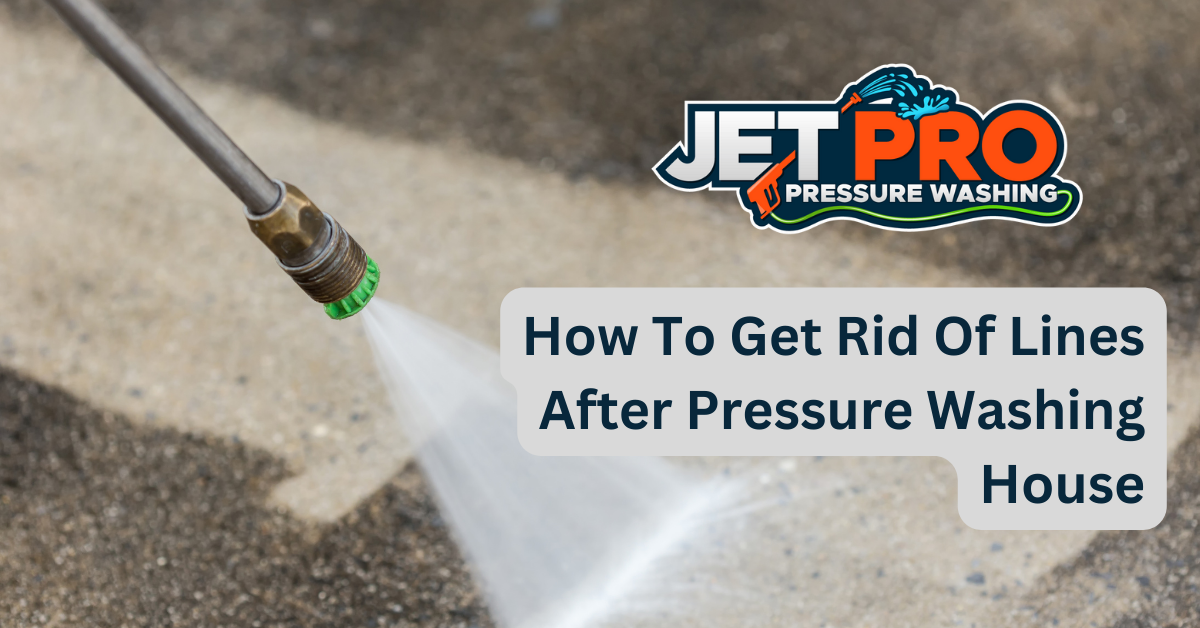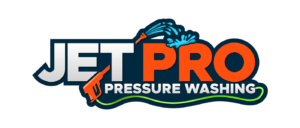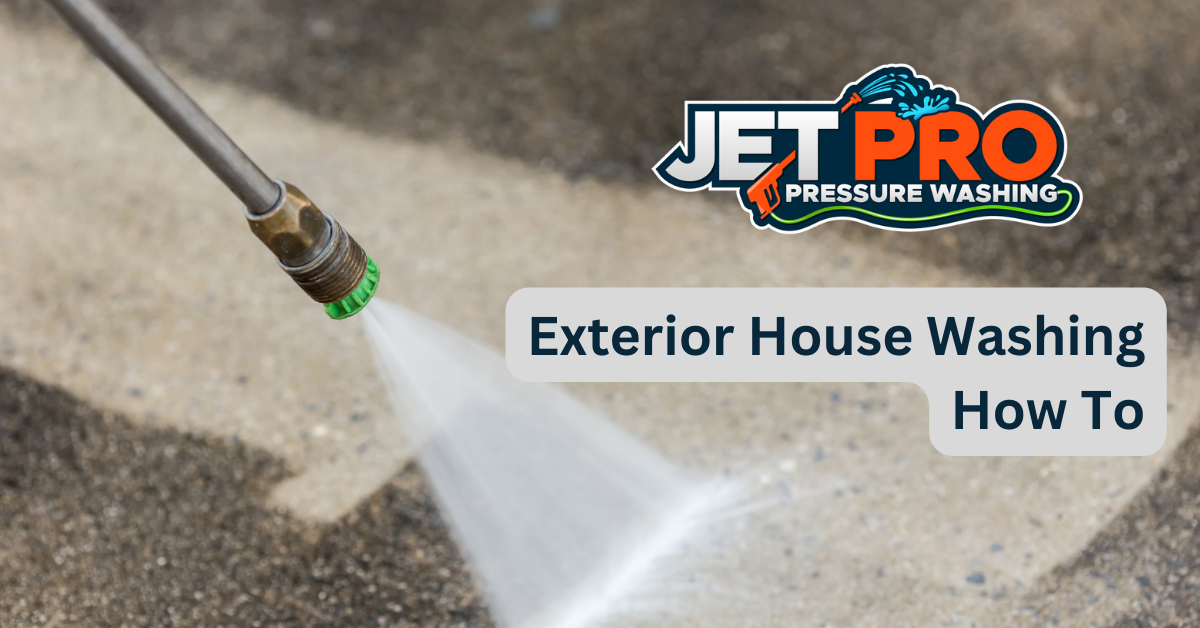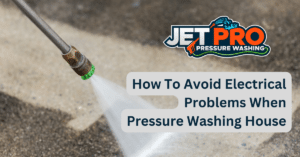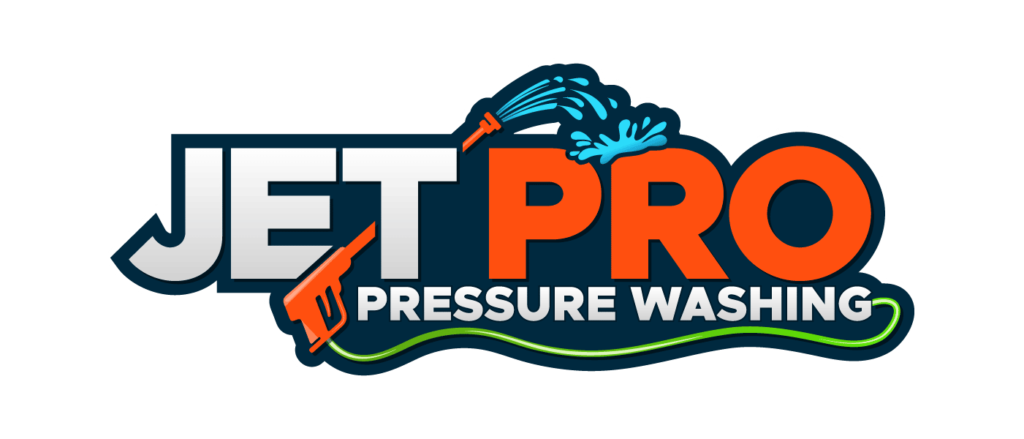Pressure washing is a popular method of cleaning the exterior of a house, and many homeowners rely on professional house washing companies for this task. These companies specialize in using pressurized water to remove dirt, debris, and other substances from the surface, ensuring a thorough and efficient cleaning process. With their expertise, they can effectively restore the appearance of a house, leaving it looking fresh and rejuvenated. However, it is crucial for these companies to know what to charge for their services, as pricing can vary based on the size and complexity of the job. By considering factors such as the square footage of the house, the level of dirt and grime, and any additional services required, a professional house washing company can determine a fair and competitive price that reflects the quality of their work.
This article provides guidance on how to get rid of lines after pressure washing a house. It will discuss inspecting the surface, choosing the right pressure washer, using the correct nozzle, adjusting the pressure, and cleaning up the lines. Additionally, it will link to resources on what to charge for washing a house and how to properly clean windows, ensuring a thorough and effective cleaning job.
By following the advice in this article and utilizing the linked resources, homeowners can effectively remove lines from a house after pressure washing and achieve a spotless, like-new appearance.
Inspect the Surface
Inspecting the surface is the first step in determining the best course of action. This is to check for any damage that may have occurred due to the pressure washing. It is important to look closely for any cracks or other indications of damage.
To do this, use a flashlight or a magnifying glass to examine the surface. If any damage is found, the cause needs to be identified. It could be the pressure washer, or it could be something else.
Once any damage is identified, then the next step is to determine how to fix it. This may involve patching any cracks, or replacing any damaged sections. It is important to use the right materials and techniques to ensure that the repair is successful.
This could involve using a putty or caulk to fill the cracks, or a combination of sanding and painting. The last step is to protect the surface from further damage.
This could involve using a sealant or a protective coating. It is important to make sure that the sealant or coating is compatible with the surface material. Once the sealant or coating is applied, it should be allowed to dry completely before pressure washing again. This will help ensure the surface is protected.
Choose the Right Pressure Washer
Selecting an appropriate pressure washer is essential in minimizing the potential for leaving behind unsightly marks. The right pressure washer should have variable pressure settings and an adjustable nozzle. This will provide greater control and allow for a cleaner and more precise job.
When selecting a pressure washer, it is important to consider the type of surface that will be cleaned and the level of dirt and grime that will need to be removed. For example, a higher pressure setting may be needed for block paving or brickwork.
It is also important to factor in the safety of the user when selecting a pressure washer. Using a pressure washer that is too powerful can cause the user to lose control. Appropriate safety gear, such as safety glasses, should be worn to protect the user from flying debris. It is also recommended to use a pressure washer with a lance-extension to help maintain a safe distance from the surface being cleaned.
When using a pressure washer, it is important to keep the nozzle moving and to avoid staying in one spot for too long. This will help prevent etching and other damage to the surface. If the pressure washer has adjustable settings, it is best to start with the lowest setting and increase the pressure as needed.
Following these tips will help ensure that the job is done safely and with minimal damage to the surface being cleaned.
Use the Correct Nozzle
Proper nozzle selection is essential to ensure a successful pressure washing job with minimal damage to the surface. The nozzle is the part of the pressure washer that determines the water pressure and spray pattern. Different nozzles are designed for different tasks, so it is important to choose the right one for the job.
A nozzle with a wide angle spray pattern is best for cleaning large surfaces, while a narrow angle nozzle is better for cleaning small areas. It is also important to choose a nozzle with the correct pressure setting. Too much pressure can damage the surface, while too little pressure will not be effective.
When pressure washing a house, it is best to use a nozzle with a wide angle spray pattern and a low pressure setting. This will help to avoid damaging the surface while still providing enough pressure to remove dirt and debris. It is also important to keep the nozzle moving while pressure washing, as this will help to avoid leaving lines on the surface.
It is important to use the correct nozzle when pressure washing a house in order to avoid damaging the surface and leaving lines. A wide angle nozzle with a low pressure setting is best for this job, and it is important to keep the nozzle moving while pressure washing. Taking the time to choose the right nozzle and use it correctly will help to ensure a successful pressure washing job with minimal damage to the surface.
Adjust the Pressure
Adjusting the pressure of the nozzle is essential to ensure the appropriate amount of force is used to clean the surface without causing any damage. If the pressure is too low, the cleaning power will be reduced. If the pressure is too high, it can cause permanent damage to the surface.
A pressure washer should be set to a pressure that is appropriate for the surface being cleaned. The pressure should be adjusted according to the manufacturer’s instructions for the model being used.
It is important to use the correct nozzle when adjusting the pressure of the pressure washer. Different nozzles give different levels of pressure, so it is important to select the nozzle that is suitable for the job. In general, a wider nozzle will provide a lower pressure, and a narrower nozzle will provide a higher pressure. It is also important to keep the nozzle moving while cleaning, as this will help to ensure that the pressure is evenly distributed.
The pressure of the pressure washer should be adjusted according to the surface being cleaned. If the pressure is too high, it could cause damage to the surface. If the pressure is too low, it may be necessary to use additional cleaning solutions to ensure that the surface is adequately cleaned.
It is important to follow the manufacturer’s instructions for the model being used, as this will ensure that the pressure is correctly adjusted.
Clean Up the Lines and Re-Inspect the Surface
Once the pressure has been adjusted, it is important to clean up the lines and inspect the surface.
To do this, a mild detergent and water should be used.
After cleaning the area, it is important to inspect for any new lines that may have been created by the pressure washing.
Use a Mild Detergent and Water
Aggressively abrading with a mild detergent and water can assist in the alleviation of streaks on a home’s exterior.
Mixing a small amount of mild detergent with warm water in a bucket should be sufficient to cover a small area.
It is important to use caution while abrading the surface in order to avoid damaging the paint or siding.
A soft-bristle brush is ideal for scrubbing the surface and should be done in a circular motion.
Most mild detergents are safe for use on all types of home exteriors, but it is recommended to test a small area before using it on the entire surface.
Once the detergent and water mixture has been applied to the streaks, allow the mixture to sit for a few minutes and then rinse thoroughly with clean water.
If the streaks remain after the initial treatment, repeat the process as needed.
Inspect for Any New Lines
After using a mild detergent and water to get rid of the lines, it is important to inspect the area for any new lines.
This can be done by looking closely at the surface for any noticeable signs of discoloration or texture changes.
It is also important to examine the area for any loose particles or dirt that may have been left behind.
If any new lines are found, it is important to take the necessary steps to remove them.
Frequently Asked Questions
What type of detergent should I use?
The use of detergent when pressure washing a house can be an important factor in achieving the desired results. The type of detergent used should be dependent on the type of surface being cleaned and the purpose of the cleaning.
Generally, a mild detergent should be used for general cleaning while a stronger detergent may be used when trying to remove stubborn stains or buildup. When selecting a detergent, it is important to check the manufacturer’s instructions for proper dilution and application.
Additionally, detergents should be biodegradable and free of any harsh chemicals that may damage the surface.
How often should I pressure wash my house?
Pressure washing a house is a common practice to remove dirt and grime from the exterior of the home. It is important to understand the frequency of pressure washing in order to ensure the house is properly maintained.
Generally, it is recommended that a house be pressure washed at least once a year. This allows for the removal of dirt, mold, and other build-up, ensuring the house looks its best.
Additionally, pressure washing should be completed more frequently in areas with high humidity or extreme weather, such as near the ocean or in climates with little rain.
Is pressure washing safe for my siding?
Pressure washing is generally considered to be safe for most types of residential siding, providing appropriate care is taken.
It is important to use a pressure washer that is set to the correct level of pressure to avoid causing damage to the siding.
It is also important to be aware of the distance between the nozzle and the siding, and to use the widest angle nozzle available.
In addition, it is advisable to avoid using any harsh detergents or chemicals when pressure washing.
What is the best way to protect my landscaping?
When pressure washing a house, it is important to take steps to protect the landscaping. One of the best ways to do this is to use a low-pressure setting on the pressure washer. This will reduce the risk of damage to plants, shrubs, and other landscaping features.
Additionally, it is important to keep the pressure washer nozzle at least two feet away from any plants or other landscaping features. This will help to ensure that the pressure washer does not cause any damage.
Finally, it is important to use a detergent that is specifically designed for pressure washing and is safe for plants.
How do I know if I’m using the correct pressure?
Pressure washing with incorrect pressure can damage the surface of a house and leave unsightly lines. To ensure that the correct pressure is used, it is recommended to consult the manufacturer’s instructions for the pressure washer.
Generally, the pressure used should be enough to clean the surface but not so much that it causes damage. Before beginning the job, it is best to test the pressure on an inconspicuous area and adjust it accordingly.
If the job requires a high pressure setting, it is wise to consider using a professional pressure washer.
Conclusion
The pressure washing of a house can be a difficult task, but with the right tools and techniques, it can be done with ease.
The key is to inspect the surface, choose the right pressure washer, use the correct nozzle, and adjust the pressure. By doing this, the lines that appear after pressure washing can be eliminated.
It is like a painter carefully selecting the right brush and color to create a masterpiece. With the right tools and techniques, the house can be transformed into a beautiful work of art.
The pressure washing process can be a daunting task, but with the right knowledge and tools, it can be done with ease.

